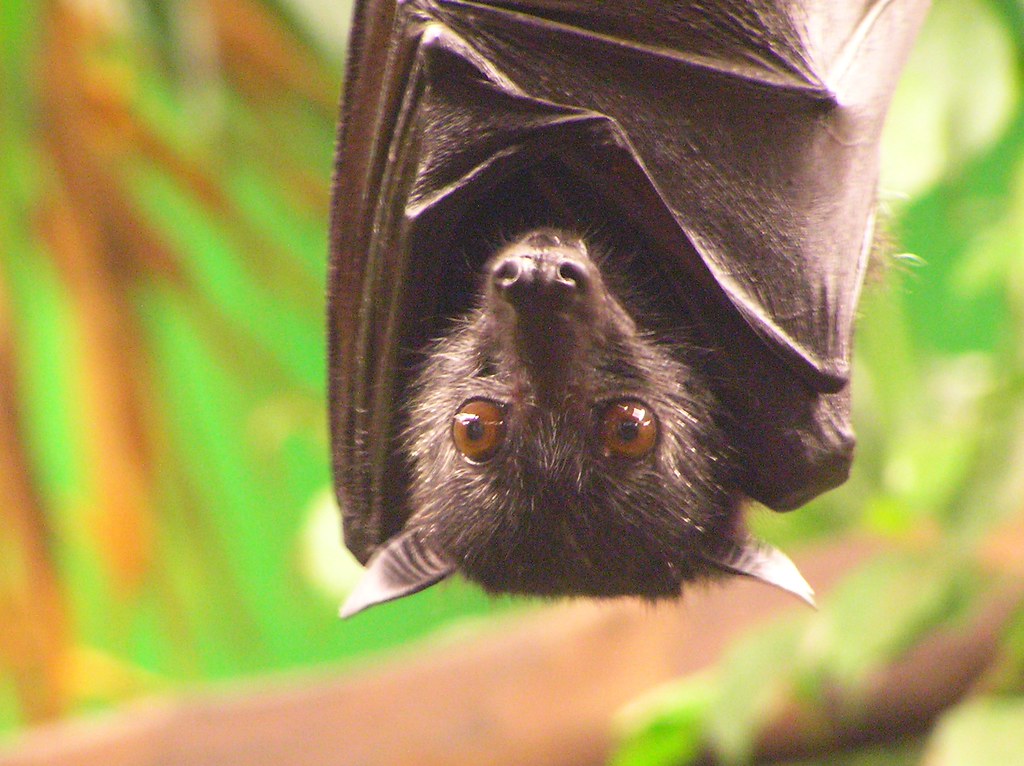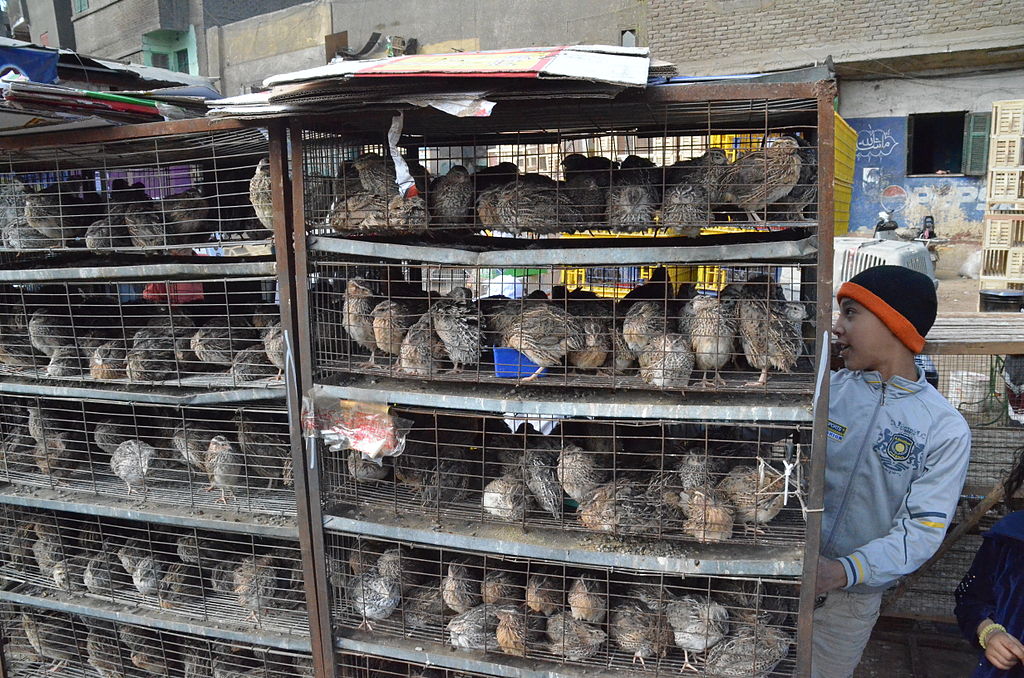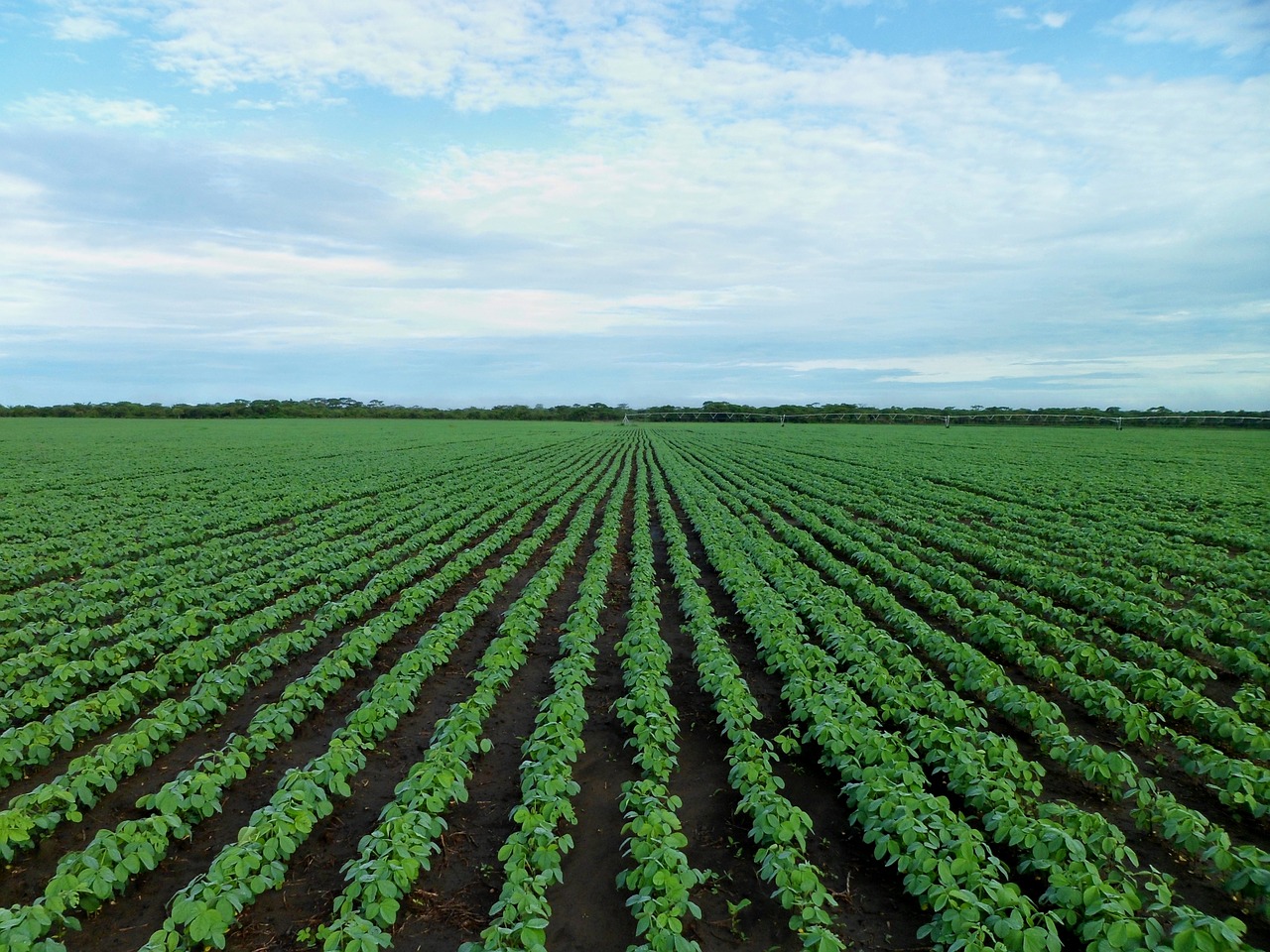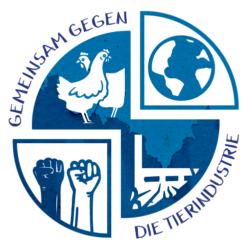The following text was originally published in the Tierbefreiung magazine (issue 107). With the kind permission of the author, we have used the text and made slight changes to it.
The corona crisis and its origins

The so-called corona crisis is currently determining political and private life around the world. SARS-CoV-2 (Severe Acute Respiratory Syndrome CoronaVirus-2), which causes the lung disease Covid-19, is one of the largest pandemics that is now spreading rapidly across the globe.1
Covid-19 is an infectious disease that occurs in humans and animals alike and can be transmitted between them (= zoonosis). The origin is very likely the Huanan Seafood and (Wild) Animal Market in Wuhan (China). The pathogen causing this disease belongs to the so-called coronaviruses, which are already known from the diseases MERS4 (Middle East Respiratory Syndrome) and SARS5, is mainly transmitted from person to person and can cause symptoms such as fever, cough, sore throat and pneumonia, although people without pre-existing conditions often show no to mild symptoms.2
Where does the virus come from?
Current studies assume that the precursor of SARS-CoV-2 comes from horseshoe bats and was probably transmitted to humans via an intermediate host such as pangolins or viverrids. Various conspiracy theories suggest that it is a Chinese or US “laboratory virus”, but this is very unlikely.2,3 Covid-19 thus joins a long series of zoonoses, which comprise around three quarters of all infectious diseases and have caused millions of deaths worldwide. Well-known examples include: Ebola, AIDS, Lyme disease, Zika, hantaviruses, SARS, MERS, Nipah virus, narcolepsy and the bubonic plague.4-6 The influenza H1N1 virus, also known as the Spanish flu, infected around 500 million people and claimed 50 million victims during World War I in 1918. The origin of this virus was probably a chicken or turkey farm infected by wild birds.
How do zoonoses develop and spread?
IIntact ecosystems, such as rainforests and primeval forests, have a high level of biodiversity, so there are many well-adapted, specialised species living close to one other, and this reduces the spread of infectious diseases. The reason for this is presumably the high immunity of the populations due to slow evolution with the mutual influence of pathogens and host animals (co-evolution). However, if these ecosystems are interfered with, the natural protective mechanisms no longer work. Three possible basic mechanisms are listed below,8-21 which contribute to the development of new zoonoses that can lead to pandemics comparable to Covid-19:
Hunting and trade of wild animals

Due to the high demand for “game meat”, more and more hunters penetrate deeper and more frequently into ecosystems and catch and kill (exotic) wild animals there. These are then consumed or transported over long distances in order to be kept and sold in cages next to farm animals, often at wild animal markets. Naturally, these different animals would not meet, which means that viruses and other pathogens, such as coronaviruses, can easily be transmitted between species and mutate.
Destruction of ecosystems
The continuing deforestation of primeval forests and rainforests, the closure of moors and increasing building development, caused by a global, capitalist economic system that regards nature as a means of production, lead to the increasing destruction of functioning ecosystems. This drives away wild animals and wipes out entire species. The displaced animals increasingly have to seek proximity to human dwellings in order to survive, which can also be extremely stressful. This greatly increases susceptibility to infectious diseases. Being close to humans also increases the risk of transmission.6
Intensive animal farming and feed production
Keeping a large number of animals in a confined space and under miserable hygienic conditions results in a high health risk as well as physical and psychological stress for them. In this way, diseases can spread very easily and also be transmitted to workers. Well-known examples of this are bird flu and swine flu;8 which are both caused by influenza viruses. To prevent a pandemic, after an infected (often wild) animal becomes identified, all animals in the surrounding area are killed, even if they are still healthy.22,23
In many intensive animal farming facilities, the (mostly) prophylactic administration of clinically relevant, therapeutically used antibiotics (necessary from a medical point of view) is used to “safeguard the population”. The animal and agricultural industries are currently the largest consumers of antibiotics! If bacteria (either in the body or in excretions) are in contact with antibiotics over a longer period of time, they can develop resistance relatively quickly, which can even be passed on across bacterial species barriers. If uncooked meat with resistant bacteria is consumed, the resistant bacterial strains can be transmitted to humans, or the resistance itself is transmitted to human-colonising bacteria. In addition, these are spread further into the environment through transport, processing and the distribution of manure on fields. Industrial animal farming is therefore jointly responsible for the current spread of antibiotic-resistant bacteria, which claim many victims worldwide.12

The production of feed for animal production worldwide uses about 60-80%9,10 of the agricultural land of our planet! Immense areas of primeval forests and rainforests are cut down every day and replaced by monocultures with high levels of pesticide use. This is one of the biggest factors in the destruction of the remaining intact ecosystems and thus contributes to a loss of biodiversity, which, as mentioned above, promotes the emergence and spread of new types of pandemics. In addition, local, sustainable small farmers, especially in the Global South, are being driven away by multinational corporations.9
In summary, the past and current corona pandemics have a common cause: the use of animals for our needs, the exploitation of remaining ecosystems, and our global economy, which is designed to maximise profits. There have always been zoonoses and disease outbreaks, such as the plague outbreak, but these have become more frequent in recent decades. 24,25
So what can we do?
The most effective protection against zoonoses is intact ecosystems with a high level of biodiversity – we should do everything we can to preserve what remains! Ever further penetration into these ecosystems for hunting and feed cultivation must be stopped! A fundamental agricultural turnaround and a comprehensive system change, away from a profit-orientated economy and production method towards a solidarity-based and ecological method of production and organisation is necessary. This requires the abolition of the animal industry and thus the reduction of the problems it creates: animal suffering, the exploitation of workers and nature, as well as the climate crisis.
Past pandemics, especially Ebola, AIDS, malaria and narcolepsy, often affect people in the Global South the most, who have little access to hygiene facilities, medication and clean drinking water. The current supply situation in camps for refugees is also an unacceptable risk for the people living there. Likewise, migrant workers in the meat industry‘s slaughterhouses and cutting plants are exposed to an increased risk and can hardly protect themselves. As in almost every social crisis, the Corona crisis mainly affects the people who are at the bottom of this society. Let us show our solidarity with them!
References
1. Aktuelle Infektionszahlen unter https://www.worldometers.info/coronavirus/
2. Zheng, J., “SARS-CoV-2: an Emerging Coronavirus that causes a global threat,” International journal of biological sciences, V. 16, No. 10, 2020, pp. 1678–1685.
3. Andersen, K. G., Rambaut, A., Lipkin, W. I., Holmes, E. C., and Garry, R. F., “The proximal origin of SARS-CoV-2,” Nature Medicine, V. 26, No. 4, 2020, pp. 450–452.
4. RKI, M., “Informationen des RKI zu MERS-Coronavirus,” 13.12.2019 https://www.rki.de/DE/Content/InfAZ/M/MERS_Coronavirus/MERS-CoV.html.
5. Cheng, V. C. C., Lau, S. K. P., Woo, P. C. Y., and Yuen, K. Y., “Severe Acute Respiratory Syndrome Coronavirus as an agent of emerging and reemerging infection,” Clinical Microbiology Reviews, V. 20, No. 4, 2007, pp. 660–694.
6. Wolfe, N. D., Daszak, P., Kilpatrick, A. M., and Burke, D. S., “Bushmeat hunting, deforestation, and prediction of zoonoses emergence,” Emerging infectious diseases, V. 11, No. 12, 2005, pp. 1822–1827.
7. Tumpey, T. M., Basler, C. F., Aguilar, P. V., Zeng, H., Solórzano, A., Swayne, D. E., Cox, N. J., Katz, J. M., Taubenberger, J. K., Palese, P., and García-Sastre, A., “Characterization of the reconstructed 1918 spanish influenza pandemic virus,” Science, V. 310, No. 5745, 2005, pp. 77–80.
8. “Was Forscher über den Ursprung der Pandemie wissen,” 28.03.2020, Spiegel. https://www.spiegel.de/wissenschaft/medizin/coronavirus-warum-viren-in-tieren-so-gefaehrlich-sind-a-bcfe8de8-3e04-49e8-9955-6f00e382d309.
9. Steinfeld, H., Gerber, P., Wassenaar, T. D., Castel, V., Rosales, M., and Haan, C. de, “Livestock’s long shadow: environmental issues and options,” Food & Agriculture Org, 2006.
10. https://www.globalagriculture.org/report-topics/meat-and-animal-feed.html
11. Henning Brian G., “Standing in Livestock’s ‘Long Shadow’: The Ethics of Eating Meat on a Small Planet,” Ethics & the Environment, No. 16, 2011, pp. 63–93.
12. Ellen K. Silbergeld, Jay Graham, and Lance B. Price, “Industrial Food Animal Production, Antimicrobial Resistance, and Human Health,” Annual Review of Public Health, V. 29, No. 1, 2008, pp. 151–169.
13. “Covid-19: Die Frau, die Coronaviren jagt,”. 17.03.2020. Spektrum https://www.spektrum.de/news/die-frau-die-coronaviren-jagt/1713320.
14. Greger, M., “Bird Flu A Virus of Our Own Hatching,” Lantern Books, New York, 2006.
15. “Fact check: Is COVID-19 caused by human consumption of animals?,” USA Today, 2020. https://eu.usatoday.com/story/news/factcheck/2020/03/18/coronavirus-fact-check-covid-19-caused-eating-animals/5073094002/.
16. “Coronavirus: »Die Agrarindustrie würde Millionen Tote riskieren.«,” 15.03.2020. Amerika21. https://amerika21.de/analyse/238220/coronavirus-und-agrarindustrie.
17. “Epidemiologie Gestresste Fledermäuse übertrugen das Virus,” Science ORF.at, 31.03.2020. https://science.orf.at/stories/3200448/.
18. “The Ecology of Deseases,” New York Times, 14.12.2012. https://www.nytimes.com/2012/07/15/sunday-review/the-ecology-of-disease.html
19. “Auslöser sind Umweltveränderungen: Die Corona-Pandemie wäre ohne den Menschen nicht entstanden, sagt die Biologin Simone Sommer. Naturschutz sei auch für unsere Gesundheit zentral.,” TAZ, 2020. https://taz.de/Biologin-ueber-Pandemien/!5675740/.
20. Rob Wallace, “Connecting the Coronavirus to Agriculture,” Counterpunch, V. 24.02.2020. https://www.counterpunch.org/2020/02/24/connecting-the-coronavirus-to-agriculture/.
21. Dandagi, G. L., and Byahatti, S. M., “An insight into the swine-influenza A (H1N1) virus infection in humans,” Lung India : official organ of Indian Chest Society, V. 28, No. 1, 2011, pp. 34–38.
22. “Ist das Keulen Tausender Tiere wirklich nötig?,” Welt, 28.11.2016. https://www.welt.de/regionales/hamburg/article159804191/Ist-das-Keulen-Tausender-Tiere-wirklich-noetig.html.
23. “Vogelgrippe-Epidemie: Südkorea tötet 26 Millionen Hühner,” Agrar heute, 28.12.2016. https://www.agrarheute.com/tier/vogelgrippe-epidemie-suedkorea-toetet-26-millionen-huehner-530166.
24. Madhav N, Oppenheim B, Gallivan M, et al. Pandemics: Risks, Impacts, and Mitigation. In: Jamison DT, Gelband H, Horton S, et al. Disease Control Priorities: improving health and reducing poverty. 3rd edition. Washington (DC): The International Bank for Reconstruction and Development / The World Bank; 2017 Nov 27. Chapter 17. Available from: https://www.ncbi.nlm.nih.gov/books/NBK525302/ doi: 10.1596/978-1-4648-0527-1/pt5.ch17
25. „Wenn wir weiter so machen stirbt unsere Spezies aus.“ 09.04.2020. Ausgburger Allgemeine. https://www.augsburger-allgemeine.de/kultur/Journal/Wenn-wir-so-weitermachen-stirbt-unsere-Spezies-aus-id57208341.html?fbclid=IwAR06V7J21eumwq9ndRy_ZDzlhncI0P1woj7C4N07Y8OMA9k7f56VPanUrlo
Nicht im Text angeführt:
Big Farms make big Flu. Rob Wallace, ISBN-13: 978-1583675892 Spillover: Animal Infections and the Next Human Pandemic. David Quammen ISBN-13: 978-0393066807
